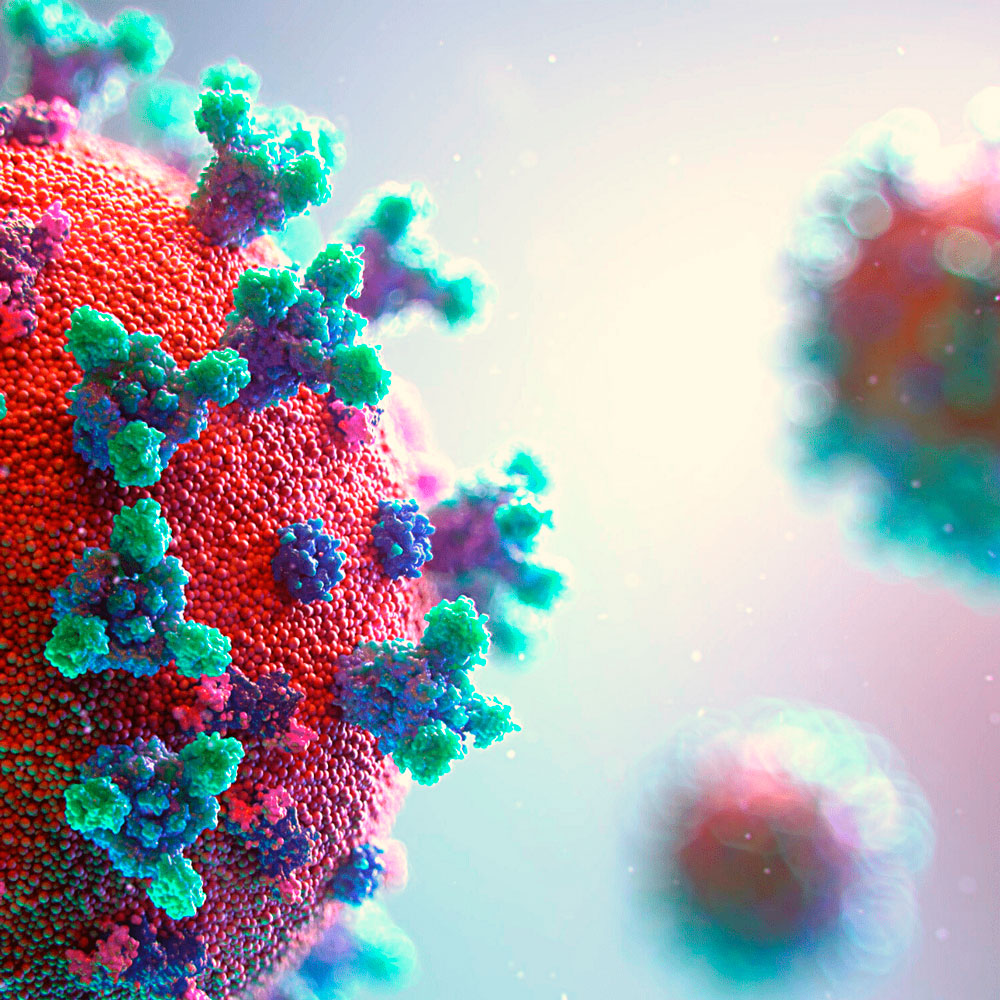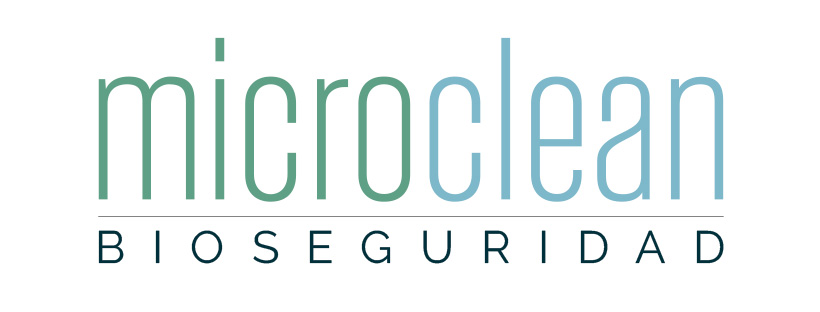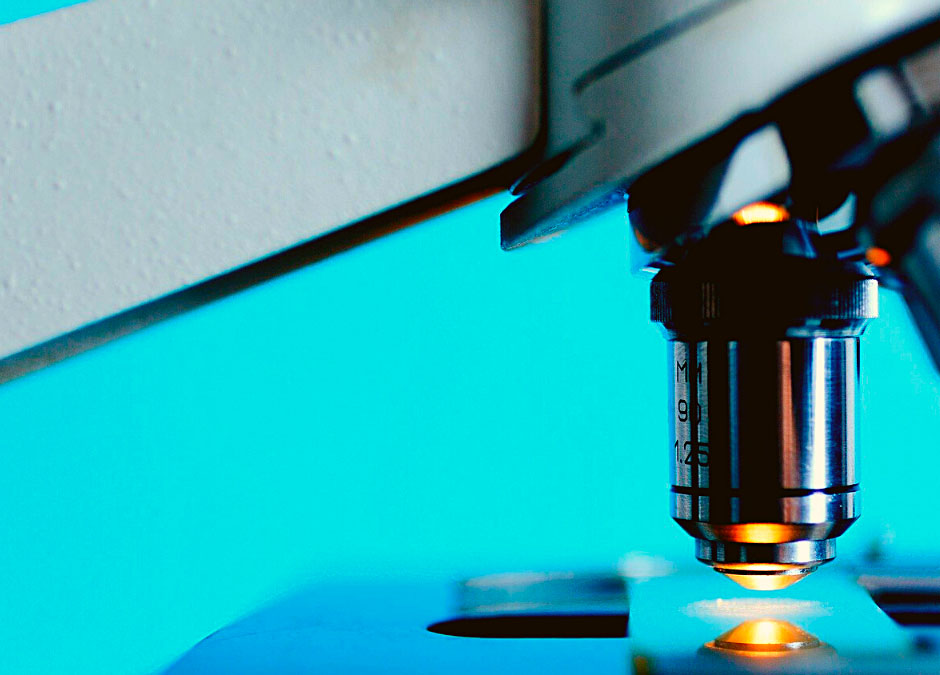En este post te vamos a explicar, sin necesidad de microscopios, los grupos de riesgo bacteriológico que existen y las soluciones que en materia de control y prevención puedes emprender.
Y es que no importa el sector al que te dediques, ni sus dimensiones, ya que en Microclean trabajamos bajo análisis y estudios previos de contaminación, los cuales determinan el tipo de solución y su tratamiento.
Índice de contenidos
Qué son los grupos de riesgo bacteriológico
Los agentes biológicos se pueden categorizar en diferentes grupos de riesgo (GR) en función del nivel previo de su “riesgo relativo”. Sobre los niveles hablaremos a continuación. Por ahora, centrémonos en los grupos de riesgo, que están basados en los siguientes factores:
- Patogenicidad del organismo.
- Modo de transmisión y rango del huésped.
- Disponibilidad de medidas preventivas eficaces para su tratamiento, como vacunas.
- Disponibilidad de tratamientos efectivos, incluidos antibióticos y medicamentos antivirales.
Así, nos encontramos con la siguiente escala:
- GR 1: no están asociados con enfermedades en humanos o animales adultos sanos. Ejemplos: coli K12 Host-Vector Systems, virus adenoasociado, B. subtilis.
- GR 2: asociado a una enfermedad que rara vez es grave y para la que a menudo se dispone de tratamientos preventivos o terapéuticos.
Ejemplos: aureus, virus de la hepatitis B, Cryptococcus neoformans. - GR 3: asociado con una enfermedad humana grave o letal para la cual puede haber disponibles tratamientos preventivos o terapéuticos.
Ejemplos: Mycobacterium tuberculosis, virus de la fiebre amarilla, coronavirus SARS-CoV-2. - GR 4: asociado con una enfermedad humana letal para la cual no se dispone fácilmente de tratamientos preventivos o terapéuticos.
Ejemplos: virus del Ébola, Herpesvirus simaie.

¿Qué son los “niveles de seguridad biológica”?
Si los grados determinan la amenaza, potencia o agresividad de riesgo biológico de un agente, los grupos de riesgo bacteriológico tienen en cuenta el organismo o virus en sí mismo.
Por este motivo, los niveles de bioseguridad constituyen uno de los ejes principales del trabajo que realizamos en Microclean.
Con ellos somos capaces de diseñar y prescribir tanto los procedimientos más adecuados como su tratamiento; determinar qué tecnologías o equipos son los idóneos, y qué producto biocida y, también, en qué proporciones aplicarlo.
Soluciones para la desinfección y la bioseguridad profesional
Microclean dispone de un amplio catálogo de servicios y soluciones para garantizar la bioseguridad ambiental en todo tipo de espacios y superficies.
También contamos con toda una gama de equipos de desinfección electrostática profesionales al servicio de las empresas y la sociedad.
Efectivos y adecuados tanto para resolver los problemas de peligros y contagios por microorganismos patógenos en sectores tan sensibles como el sanitario, turístico o alimentario, como aquel que soporta un tránsito masivo como el transporte público.
Nuestros equipos de desinfección electrostática están preparados para hacer frente a todo tipo de espacios y requerimientos de desinfección. Equipos indicados para la desinfección y contaminación biológica en espacios de grandes dimensiones y también equipos autónomos para dotar a nuestro personal de total libertad.
Eficacia y seguridad que puedes comprobar visitando nuestro canal de YouTube, donde descubrirás por qué nuestra tecnología es ganadora.
Conoce sus características y principales ventajas como la rapidez, la ausencia de humedades post-tratamiento, su versatilidad y alcance en tan sólo unos minutos y su aplicación no invasiva (sin necesidad de mudanzas o traslados de mobiliario y materiales), que permite la vuelta inmediata a cualquier dinámica o rutina de trabajo.
¿Quieres saber más sobre cómo combatimos el riesgo bacteriológico en diferentes espacios y superficies?
Microclean-Solutions, expertos en Bioseguridad Ambiental y Desinfección Microbiológica. Más de 6 años de experiencia librando de gérmenes patógenos, bacterias y virus todo tipo de espacios y superficies.


